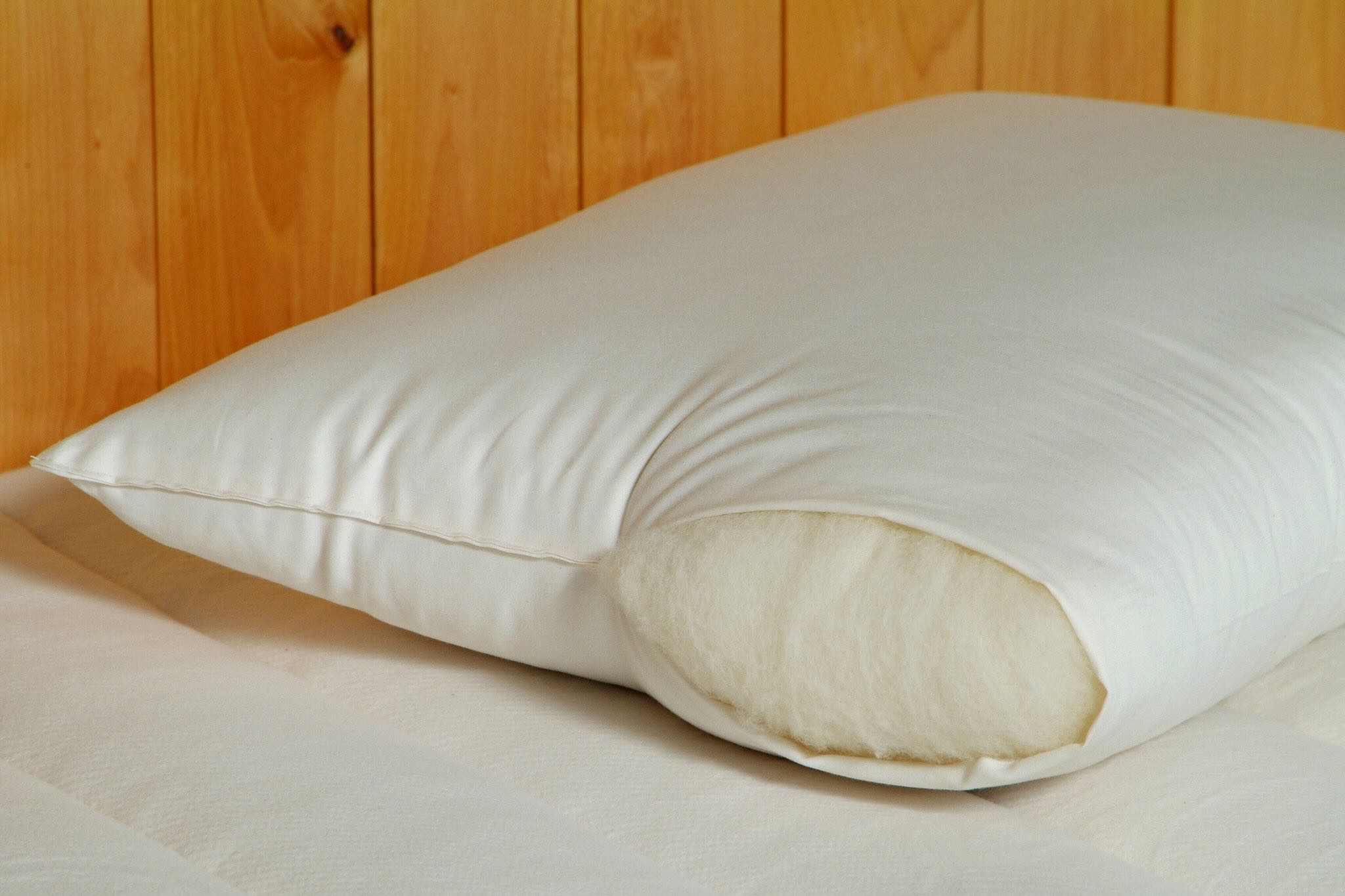

Articles
Where Are Pillows Made
Modified: January 19, 2024
Discover the origins of pillows and where they are made. Read our informative articles to learn about the manufacturing process and different materials used.
(Many of the links in this article redirect to a specific reviewed product. Your purchase of these products through affiliate links helps to generate commission for Storables.com, at no extra cost. Learn more)
Introduction
In today’s fast-paced world, pillows have become an essential part of our daily lives. Whether it’s for a good night’s sleep, back support, or simply to add a touch of comfort to our surroundings, pillows play a vital role in providing us with comfort and relaxation. But have you ever wondered where pillows are made?
The manufacturing of pillows is a fascinating process that involves the use of various materials and techniques to create the perfect sleeping companion. In this article, we will explore the origins of pillows, the different types available, and the global centers where they are manufactured. We will also delve into the factors that influence the location of pillow manufacturing, as well as the importance of sustainability and ethical considerations in this industry.
So, let’s embark on a journey to discover the intriguing world of pillow manufacturing and gain a deeper understanding of the processes behind these seemingly simple yet essential everyday items.
Key Takeaways:
- Pillow manufacturing has a rich history, evolving from ancient civilizations to modern technological advancements. Understanding the diverse types, materials, and global manufacturing centers empowers consumers to make informed and sustainable choices.
- Sustainability and ethical considerations are transforming the pillow industry, with a focus on sustainable materials, waste reduction, fair labor practices, and supply chain transparency. Consumers can support ethical manufacturing practices by choosing pillows that align with these values.
Read more: Where Are Casper Pillows Made
History of Pillows
Pillows have a rich and ancient history that dates back thousands of years. The concept of using pillows for comfort and support can be traced back to ancient civilizations such as Egypt, Mesopotamia, and China.
In ancient Egypt, pillows were considered a symbol of status and luxury. They were used by royalty and noblemen, often beautifully crafted and adorned with precious metals and gemstones. The Egyptians believed that pillows helped support the head and neck, aligning the body for a restful sleep and ensuring a smooth transition to the afterlife.
Similarly, the ancient Greeks and Romans also valued the use of pillows for comfort. However, their pillows were typically made from softer materials like feathers, straw, or even carved wood. These ancient civilizations recognized the importance of a good night’s sleep and the impact it had on overall health and well-being.
In China, the history of pillows can be traced back to the Tang Dynasty around the 7th century. Chinese pillows were often larger and flatter, designed to provide support for the entire body, rather than just the head. Materials such as bamboo, porcelain, or wood were used for their construction.
As time went on, pillows became more widely used across different cultures and societies. With the advancements in technology and the availability of various materials, the design and construction of pillows evolved.
During the Industrial Revolution in the 18th and 19th centuries, the manufacturing of pillows underwent significant changes. The introduction of machinery made it possible to produce pillows on a larger scale, making them more affordable and accessible to a wider population.
In the modern era, pillows have become commonplace in households around the world. With a wide variety of shapes, sizes, and fillings available, individuals can choose a pillow that suits their specific needs and preferences.
The history of pillows is a testament to the importance humans have placed on comfort and support throughout the ages. From the ornate and luxurious pillows of ancient civilizations to the technologically advanced options available today, pillows continue to provide us with comfort and aid in achieving a restful night’s sleep.
Types of Pillows
Pillows come in a variety of shapes, sizes, and materials, each designed to cater to different sleep preferences and support needs. Understanding the different types of pillows can help you make an informed choice that suits your individual requirements. Here are some common types of pillows:
- Feather Pillows: These pillows are filled with feathers, typically from ducks or geese. Feather pillows provide a soft and luxurious feel. They are known for their ability to conform to the shape of the head and neck, providing excellent support. However, feather pillows may flatten over time and require regular fluffing to maintain their loft.
- Down Pillows: Similar to feather pillows, down pillows are filled with the soft and fluffy undercoating found beneath a bird’s feathers. Down pillows are known for their exceptional softness and ability to mold to the contours of your head and neck. They provide a plush and luxurious sleeping experience. However, down pillows may not offer as much support as other pillow types.
- Memory Foam Pillows: Memory foam pillows are made from a material that softens in response to body heat, allowing it to conform to the shape of the head and neck. These pillows provide excellent support and pressure relief, promoting proper spinal alignment. They are especially beneficial for individuals with neck and shoulder pain. Memory foam pillows are available in various densities and firmness levels to accommodate different sleep preferences.
- Liquid Gel Pillows: Liquid gel pillows contain a gel layer that helps regulate temperature and provide cooling comfort. These pillows are designed to dissipate heat and prevent night sweats, making them especially suitable for individuals who sleep hot. Liquid gel pillows offer a supportive and contouring feel.
- Buckwheat Pillows: Buckwheat pillows are filled with hulls derived from the buckwheat plant. These pillows offer excellent support and ventilation. The buckwheat hulls conform to the shape of the head and neck, promoting proper spinal alignment. They are known for providing a firm and supportive sleeping surface.
- Latex Pillows: Latex pillows are made from natural or synthetic latex foam. These pillows are known for their durability, support, and responsiveness. Latex pillows offer a consistent level of support and promote proper spinal alignment. They are naturally hypoallergenic and resistant to dust mites and mold.
It’s important to note that pillow preferences vary from person to person. What works for one individual may not work for another. Consider factors such as your sleeping position, any specific neck or back issues, and personal preferences when choosing a pillow. It’s also advisable to replace your pillow every 1-2 years to maintain optimal comfort and support.
Now that you have a better understanding of the different types of pillows available, you can make an informed choice and select the one that best suits your sleep needs and preferences. A comfortable and supportive pillow can significantly enhance your sleeping experience and contribute to overall well-being.
Natural Materials Used in Pillow Manufacturing
When it comes to pillow manufacturing, there is a wide range of natural materials that are used to fill and cover the pillows. These materials are often chosen for their comfort, breathability, and sustainable properties. Let’s explore some of the common natural materials used in pillow manufacturing:
- Feathers: Feathers, particularly from ducks and geese, have been used for centuries to fill pillows. They provide a soft and luxurious feel and offer excellent insulation and breathability. Feathers are known for their ability to conform to the shape of the head and neck, providing comfort and support while promoting air circulation.
- Down: Down is the soft and fluffy undercoating found beneath the feathers of birds, typically ducks or geese. Down pillows are known for their exceptional softness and ability to provide warmth and insulation. They offer great loft and can conform to the shape of your head, providing a comfortable and supportive sleep surface.
- Cotton: Cotton is a natural fiber that is widely used in pillow manufacturing. It is highly breathable, hypoallergenic, and soft to the touch. Cotton pillows offer a cool and comfortable sleeping experience, making them suitable for individuals with allergies or sensitivities.
- Latex: Natural latex, derived from the sap of rubber trees, is a popular choice for pillow manufacturing. Latex pillows are known for their durability, support, and resilience. They provide excellent neck and head support while maintaining a comfortable sleep temperature. Latex is also naturally resistant to dust mites and mold, making it a hypoallergenic option.
- Kapok: Kapok is a natural fiber that comes from the seedpods of the kapok tree. It is a sustainable and eco-friendly material that offers a soft and silky feel. Kapok pillows provide good support and breathability, making them suitable for individuals who prefer a hypoallergenic and sustainable option.
- Bamboo: Bamboo-derived materials, such as bamboo rayon or bamboo viscose, are becoming increasingly popular in pillow manufacturing. Bamboo pillows are known for their softness, moisture-wicking properties, and breathability. Bamboo fibers are naturally hypoallergenic and resistant to dust mites and bacteria.
- Wool: Wool pillows offer natural insulation and breathability. They are excellent at regulating temperature, keeping you warm in colder months and cool in summer. Wool is a natural flame retardant and is resistant to mold, mildew, and dust mites. Additionally, wool fibers can absorb moisture, keeping you dry throughout the night.
These natural materials not only provide comfort and support but also offer a more sustainable and eco-friendly alternative to synthetic materials. Many manufacturers are prioritizing the use of natural and organic materials in their pillow production, promoting environmentally conscious practices and reducing the carbon footprint of the industry.
By choosing pillows made from natural materials, you can enjoy a restful and comfortable sleep while also contributing to the preservation of our planet’s resources.
Synthetic Materials Used in Pillow Manufacturing
In addition to natural materials, synthetic fibers are commonly used in pillow manufacturing. These synthetic materials offer unique qualities, such as increased durability, affordability, and specific hypoallergenic properties. Let’s explore some of the synthetic materials commonly used in pillow manufacturing:
- Polyester: Polyester is a synthetic fiber that is widely used in the production of pillows. It is known for its durability, affordability, and ease of maintenance. Polyester pillows tend to be lightweight and resilient, providing a comfortable sleep surface. They can also be hypoallergenic and resistant to dust mites and mold.
- Memory Foam: Memory foam is a synthetic material that responds to heat and pressure, conforming to the shape of the head and neck. It provides excellent support and pressure relief, promoting proper spinal alignment. Memory foam pillows are particularly beneficial for individuals with neck and shoulder pain. They can retain heat, so many manufacturers infuse cooling gels or use open-cell structures to regulate temperature.
- Microfiber: Microfiber is a synthetic material made of polyester fibers that are thinner than a strand of silk. Microfiber pillows are soft, lightweight, and highly breathable. They offer good support and are often hypoallergenic, repelling dust mites and allergens. Microfiber pillows are also easy to care for and maintain.
- Polyurethane Foam: Polyurethane foam is a dense and supportive synthetic material used in pillow manufacturing. Pillows made from polyurethane foam provide a firm and supportive sleep surface. These pillows can help alleviate neck and shoulder pain and promote proper spinal alignment. Polyurethane foam pillows are known for their durability and resistance to allergens.
- Gel Fiber: Gel fiber is a synthetic material designed to mimic the softness and loft of natural down feathers. These pillows offer the comfort and support of down pillows without the use of animal products. Gel fiber pillows are hypoallergenic, resistant to allergens, and provide a plush and luxurious feel.
- Rayon: Rayon is a semi-synthetic fiber derived from cellulose. It is often used in blends with other fibers to create breathable and moisture-wicking pillow covers. Rayon pillows offer enhanced breathability and can help regulate temperature during sleep.
- Acrylic: Acrylic is a synthetic fiber that can be used as a filling material in pillows. It offers good loft and can be an affordable alternative to natural materials. Acrylic pillows are lightweight, easy to care for, and can provide a soft and comfortable sleep surface.
Synthetic materials used in pillow manufacturing provide a range of options to suit different preferences and needs. These materials are often chosen for their durability, affordability, hypoallergenic properties, and specific sleep benefits.
When selecting a pillow, consider factors such as the desired level of firmness, support, and any specific needs such as allergies or sensitivities. Synthetic materials can offer a viable alternative to natural materials, providing comfort, support, and affordability for a restful night’s sleep.
Check the label on your pillow for information about where it was made. Many pillows are manufactured in countries such as China, the United States, and India.
Read more: Where Are Sleepgram Pillows Made
Certification and Quality Standards for Pillows
When purchasing a pillow, it is important to ensure that it meets certain certification and quality standards. These standards are designed to guarantee the safety, performance, and overall quality of pillows. Let’s explore some of the commonly recognized certifications and quality standards in the pillow industry:
- OEKO-TEX Standard 100: The OEKO-TEX Standard 100 is an internationally recognized certification that ensures the absence of harmful substances in textiles. This certification verifies that the pillow has undergone rigorous testing for harmful chemicals, such as heavy metals, pesticides, and allergenic dyes. It provides consumers with peace of mind, knowing that the pillow meets strict environmental and health standards.
- Certified Organic: Organic certifications, such as GOTS (Global Organic Textile Standard) or USDA Organic, ensure that the materials used in the pillow manufacturing process are free from pesticides, fertilizers, and GMOs. These certifications focus on the use of organic and sustainable farming practices. Organic pillows can be a great choice for individuals who prioritize natural and eco-friendly products.
- CertiPUR-US: CertiPUR-US certification applies specifically to foam-based pillows. It guarantees that the foam used in pillows is free from harmful chemicals, such as ozone depleters, PBDE flame retardants, formaldehyde, and certain heavy metals. This certification also ensures that the foam has low volatile organic compound (VOC) emissions, contributing to better indoor air quality.
- ISO 9001: ISO 9001 is a globally recognized quality management system certification. It ensures that the manufacturer has implemented quality control processes and adheres to specific standards in the production of pillows. This certification focuses on consistency, effectiveness, and customer satisfaction.
- GREENGUARD: GREENGUARD certification verifies that a pillow has low chemical emissions, promoting healthier indoor air quality. This certification is particularly important for individuals with sensitivities or respiratory issues. GREENGUARD certified pillows have been tested for various volatile organic compounds (VOCs) and are deemed safe for use in indoor environments.
- BSCI: BSCI (Business Social Compliance Initiative) certification focuses on social responsibility and ethical working conditions in the manufacturing process. It ensures that the pillow manufacturer complies with local labor laws, provides fair wages, safe working conditions, and respects the rights of workers throughout the supply chain. This certification demonstrates a commitment to ethical practices and worker well-being.
By purchasing pillows that meet these certifications and quality standards, you can be confident that you are investing in a product that has undergone rigorous testing and meets specific criteria for safety, performance, and sustainability.
When shopping for pillows, look for labels or information from manufacturers that indicate adherence to these standards. It is also advisable to do your own research, read reviews, and compare different brands to make an informed decision that aligns with your specific needs and values.
By choosing certified and high-quality pillows, you can enjoy a comfortable and safe sleep experience while supporting environmentally friendly and socially responsible practices in the pillow industry.
Global Pillow Manufacturing Centers
Pillow manufacturing is a global industry, with production centers located in various countries around the world. These manufacturing centers specialize in producing pillows using different materials, techniques, and production capacities. Let’s explore some of the prominent global pillow manufacturing centers:
- China: China is one of the leading countries in pillow manufacturing. It has a well-developed textile industry and a vast network of manufacturers that produce a wide range of pillows. Chinese manufacturers are known for their ability to produce large quantities at competitive prices, making China a key player in the global pillow market.
- India: India is another major hub for pillow manufacturing. The country has a rich textile tradition and an extensive network of skilled artisans and manufacturers. Indian manufacturers offer a diverse range of pillow styles and materials, including traditional handmade pillows and modern machine-made options.
- United States: The United States has a significant presence in the pillow manufacturing industry, with manufacturers located throughout the country. Many American companies focus on producing high-quality and specialty pillows, using innovative materials and techniques. The US market is known for its emphasis on comfort, support, and customization options.
- Turkey: Turkey has a long history in textile production and is recognized for its expertise in pillow manufacturing. Turkish manufacturers are known for their attention to detail, quality craftsmanship, and utilization of natural materials. Turkey’s proximity to Europe and the Middle East also makes it an important exporting hub for pillows.
- Germany: Germany is renowned for its craftsmanship and engineering excellence, and the pillow manufacturing industry is no exception. German manufacturers focus on producing high-quality pillows that prioritize ergonomic design and ensure optimal sleep comfort. Sustainability and eco-friendly practices are also emphasized in German manufacturing facilities.
- Poland: Poland has emerged as a significant player in the European pillow manufacturing industry. Polish manufacturers are known for their commitment to quality and precision, offering a diverse range of pillows to suit different preferences and needs. Poland’s central location within Europe allows for convenient distribution to neighboring countries.
- Brazil: Brazil has a growing presence in the pillow manufacturing sector, catering to both domestic and international markets. Brazilian manufacturers focus on producing comfortable and durable pillows using a variety of materials, including natural fibers sourced from the country’s rich biodiversity.
These are just a few examples of countries where pillow manufacturing is prominent, but the industry extends far beyond these borders. Other countries such as Vietnam, Bangladesh, Thailand, and Mexico also have established pillow manufacturing facilities.
The choice of manufacturing center often depends on factors such as cost, expertise in specific materials or techniques, proximity to raw materials or markets, and quality control measures. Manufacturers strive to find a balance between cost efficiency, environmental sustainability, and product quality to meet the demands and preferences of consumers worldwide.
As a consumer, it’s important to consider not only the origin of your pillow but also the quality standards and certifications associated with the manufacturing process. This ensures that you are investing in a high-quality product that meets both your needs and ethical considerations.
Factors Influencing Pillow Manufacturing Locations
Choosing the location for pillow manufacturing is a strategic decision that is influenced by various factors. Manufacturers consider a range of considerations to determine the optimal location for their operations. Let’s explore some of the key factors that influence pillow manufacturing locations:
- Cost of Labor: Labor costs play a significant role in manufacturing decisions. Countries with lower labor costs often attract manufacturers due to the potential for cost savings. This factor directly impacts the overall production cost and the final price of the pillows.
- Access to Raw Materials: Proximity to sources of raw materials is an important consideration. Manufacturers prefer locations where they can easily access and procure the necessary materials for pillow production, such as fabrics, fillings, and packaging materials. Being close to suppliers reduces transportation costs and ensures a steady supply chain.
- Infrastructure and Logistics: The availability of well-developed infrastructure and efficient logistics networks is crucial for smooth operations. Manufacturers look for locations with good transportation facilities, including access to ports, highways, and airports. This enables efficient movement of raw materials and finished products, both domestically and internationally.
- Market Proximity: Pillow manufacturers often consider the proximity to their target markets. Being closer to the target market reduces transportation costs and delivery times. Additionally, it allows manufacturers to better understand local consumer preferences and adapt their products accordingly.
- Government Policies and Regulations: Government policies and regulations, including trade agreements, tax incentives, and labor laws, have a significant impact on manufacturing decisions. Favorable policies and regulations can attract manufacturers to specific regions or countries, stimulating economic growth and investment.
- Skilled Workforce: The availability of a skilled workforce is an important factor for manufacturers. Locations with a well-educated and experienced workforce in the textile and manufacturing industries are attractive, as they ensure the availability of skilled labor for various production processes.
- Environmental Considerations: Increasingly, manufacturers are considering environmental factors in their location decisions. Sustainable and eco-friendly practices are becoming more important, leading manufacturers to choose locations that align with their environmental goals. Countries with stringent environmental regulations and renewable energy resources may be preferred.
- Political Stability: Political stability and a favorable business environment are crucial for manufacturing decisions. Manufacturers seek locations with stable political climates, transparent legal systems, and a supportive business environment. This ensures long-term stability and reduces the risks associated with geopolitical uncertainties.
Manufacturers carefully evaluate these factors to select the most suitable location for their pillow manufacturing operations. It’s important to note that these factors may vary depending on the specific goals and priorities of the manufacturer. Different manufacturers may prioritize different factors, resulting in varied choices of manufacturing locations.
By considering these factors, manufacturers can optimize efficiency, reduce costs, and meet market demands, while also complying with ethical and sustainable practices. This ultimately benefits both the manufacturers and the consumers who rely on high-quality and competitively priced pillows.
Sustainability and Ethical Considerations in Pillow Manufacturing
In recent years, sustainability and ethical considerations have become increasingly important in various industries, including pillow manufacturing. Consumers are now more conscious of the environmental impact and ethical practices associated with the products they purchase. Let’s explore some key sustainability and ethical considerations in pillow manufacturing:
- Use of Sustainable Materials: Many manufacturers are focusing on using sustainable materials in pillow manufacturing. This includes utilizing organic and natural fibers, such as organic cotton, bamboo, or kapok, that are grown without the use of harmful pesticides or genetically modified organisms. These materials are renewable, biodegradable, and contribute to a reduced environmental footprint.
- Reducing Waste: Minimizing waste is essential for sustainable pillow manufacturing. Manufacturers are implementing practices to reduce material waste during production processes. This includes recycling scraps and ensuring efficient utilization of resources, such as filling materials and fabrics. Additionally, eco-friendly packaging options are being explored to reduce unnecessary waste.
- Energy Efficiency: Manufacturers are embracing energy-efficient practices to reduce their carbon footprint. This involves using energy-efficient machinery, optimizing production processes, and implementing energy-saving measures within manufacturing facilities. Renewable energy sources, such as solar or wind power, are also being utilized to power manufacturing operations.
- Fair Labor Practices: Ethical considerations extend to fair labor practices in the manufacturing process. Manufacturers are increasingly committed to providing safe working conditions, fair wages, and proper training for their workers. Compliance with labor laws, regulations, and internationally recognized labor standards, such as those set by the International Labour Organization (ILO), are key aspects of ethical manufacturing.
- Supply Chain Transparency: Transparency and traceability in the supply chain are crucial for ethical pillow manufacturing. Manufacturers are working towards ensuring transparency in sourcing raw materials, ensuring they are obtained responsibly and ethically. This includes verifying that suppliers adhere to social and environmental standards, preventing the use of child labor, and avoiding the exploitation of workers.
- Product Certifications: Manufacturers are seeking certifications and labels that demonstrate their commitment to sustainability and ethical practices. These certifications, such as GOTS (Global Organic Textile Standard) or OEKO-TEX Standard 100, provide consumers with assurance that the pillows have been tested and manufactured in line with certain environmental and social criteria.
- Recyclability and Biodegradability: Manufacturers are increasingly considering the end-of-life of their pillow products. Designing pillows with recyclable or biodegradable materials helps reduce the environmental impact. By choosing materials that can be easily recycled or naturally decompose, manufacturers contribute to a more circular and sustainable economy.
By addressing these sustainability and ethical considerations in pillow manufacturing, manufacturers can minimize their impact on the environment, promote fair trade, and provide consumers with more eco-friendly and ethically produced products. This shift towards sustainable and ethical practices not only benefits the environment and the workers involved but also aligns with the growing demand from consumers for responsible and conscious purchasing choices.
As a consumer, it’s important to consider these sustainability and ethical factors when purchasing pillows. Look for transparent brands that prioritize sustainable materials, ethical manufacturing processes, and hold relevant certifications. By making informed choices, you can contribute to a more sustainable and responsible future while enjoying a comfortable and restful sleep with your eco-friendly pillow.
Read more: Where Are Sutera Pillows Made
Conclusion
Pillows are an essential part of our daily lives, providing comfort, support, and a good night’s sleep. Understanding the world of pillow manufacturing allows us to appreciate the craftsmanship, materials, and techniques involved in creating these everyday essentials. Throughout this article, we have explored various aspects of pillow manufacturing, including its history, different types of pillows, natural and synthetic materials used, certification and quality standards, global manufacturing centers, and sustainability and ethical considerations.
From the ancient civilizations of Egypt, China, and Greece to the modern technological advancements of today, pillows have evolved to meet the diverse needs and preferences of individuals. Feather pillows offer luxurious softness, memory foam pillows provide optimal support, and natural materials such as cotton and bamboo promote breathability and sustainability. On the other hand, synthetic materials like polyester and microfiber offer affordability and durability.
Certifications and quality standards in the pillow industry ensure that pillows meet stringent criteria for safety, health, and environmental impact. Certifications such as OEKO-TEX, organic certifications, and industry standards like CertiPUR-US prioritize consumer well-being and sustainable practices.
Global pillow manufacturing centers, including China, India, the United States, and Turkey, serve as hubs for producing a wide range of pillows that cater to different market demands. Manufacturers consider factors such as labor costs, access to raw materials, infrastructure, market proximity, and government regulations when deciding manufacturing locations.
Sustainability and ethical considerations are increasingly important in pillow manufacturing. The use of sustainable materials, waste reduction, energy efficiency, fair labor practices, supply chain transparency, and recyclability contribute to a more environmentally friendly and socially responsible industry. By choosing pillows that adhere to these considerations, consumers can make a positive impact on the planet and support ethical manufacturing practices.
In conclusion, the world of pillow manufacturing is a fascinating one, combining artistry, innovation, and conscious decision-making. By understanding the processes involved, consumers can make informed choices, selecting pillows that align with their comfort preferences, health needs, and values. Whether it’s a down-filled luxury pillow or a memory foam support pillow, our choices can contribute to a more sustainable and ethically conscious future in the pillow industry.
Frequently Asked Questions about Where Are Pillows Made
Was this page helpful?
At Storables.com, we guarantee accurate and reliable information. Our content, validated by Expert Board Contributors, is crafted following stringent Editorial Policies. We're committed to providing you with well-researched, expert-backed insights for all your informational needs.
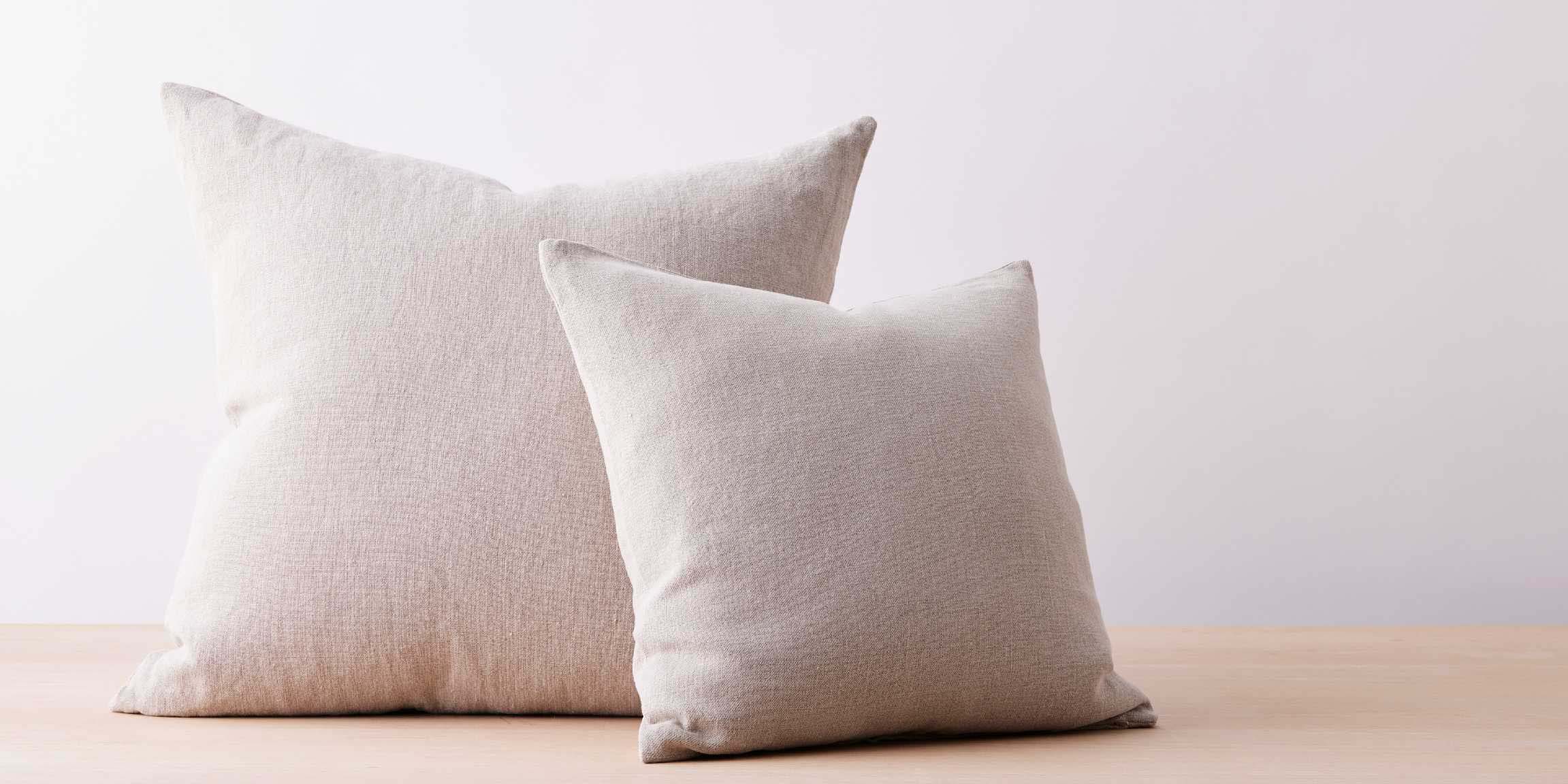
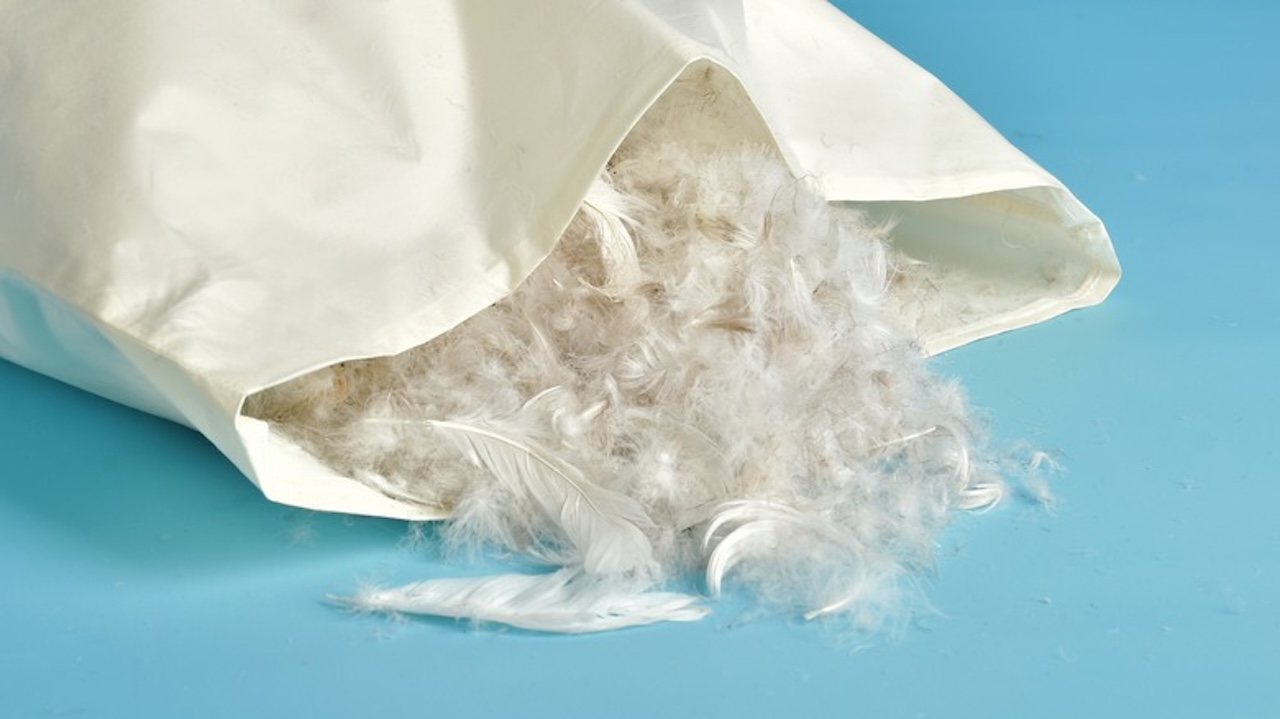



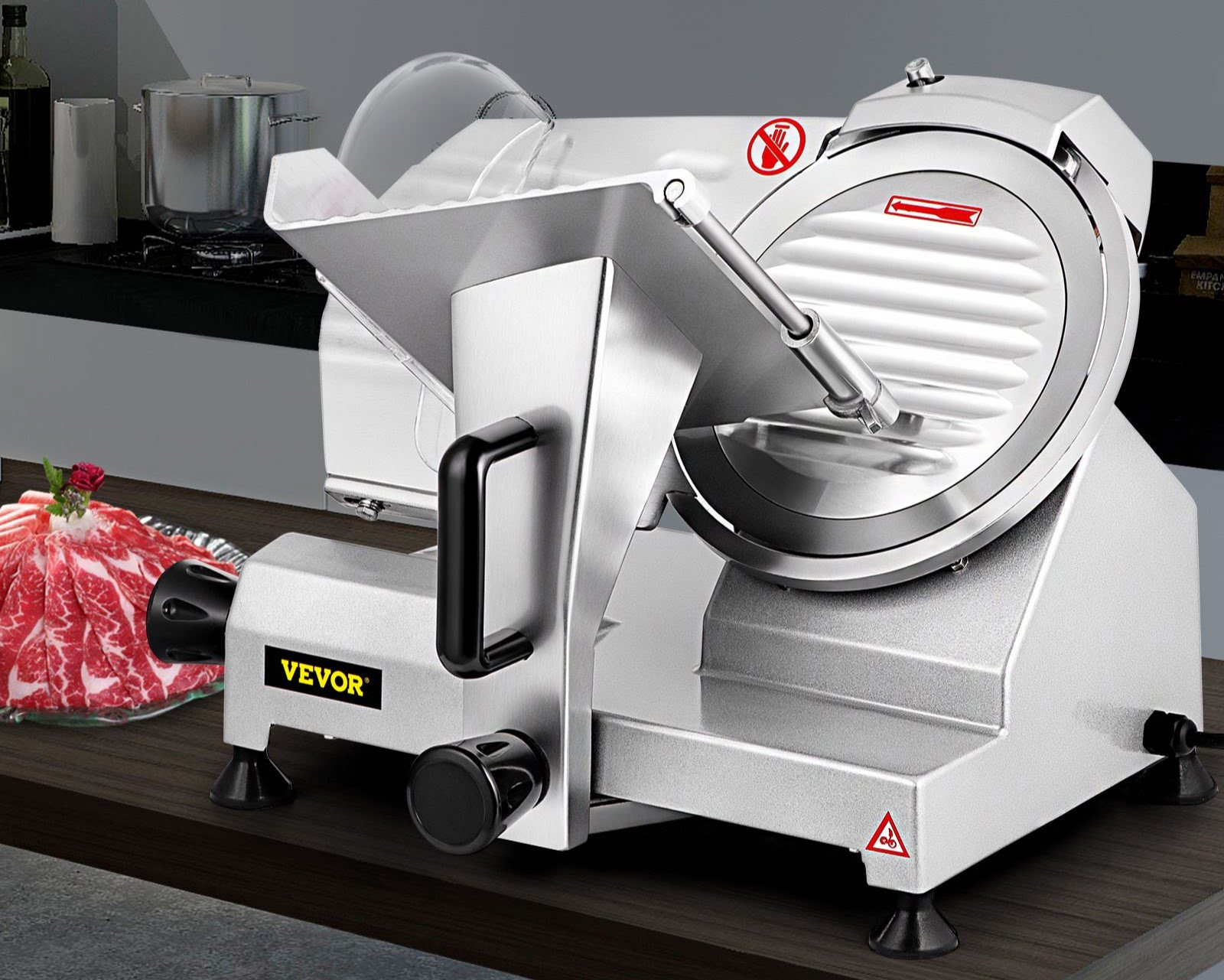

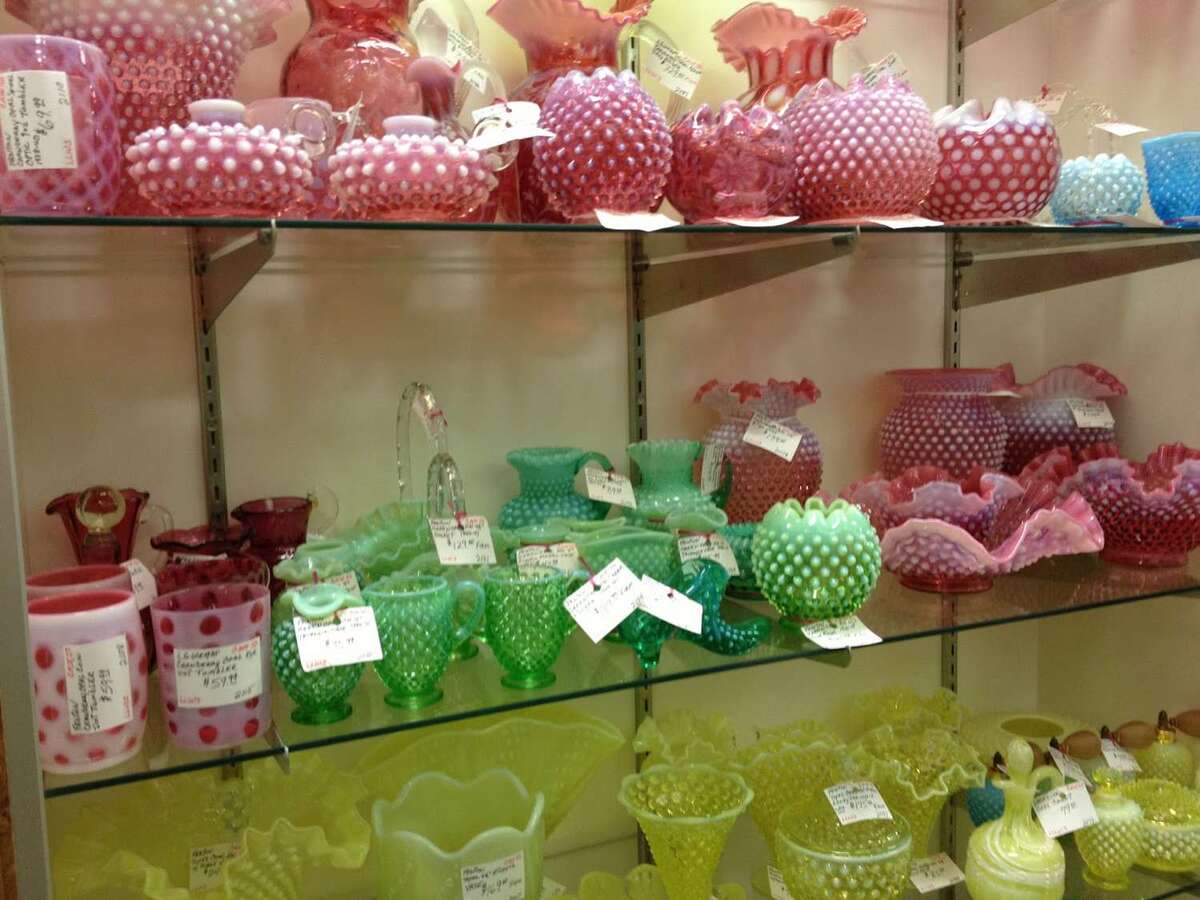



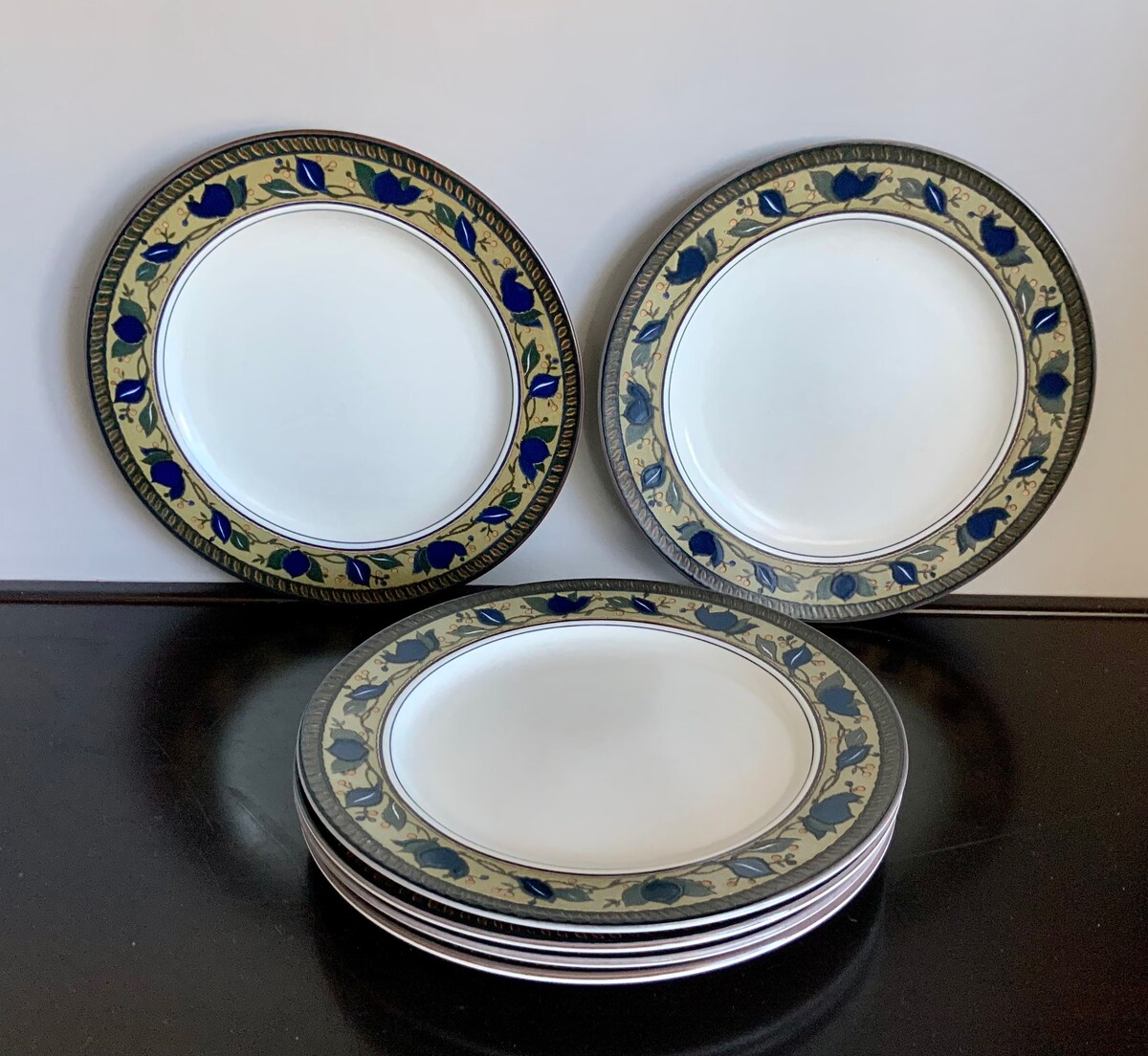
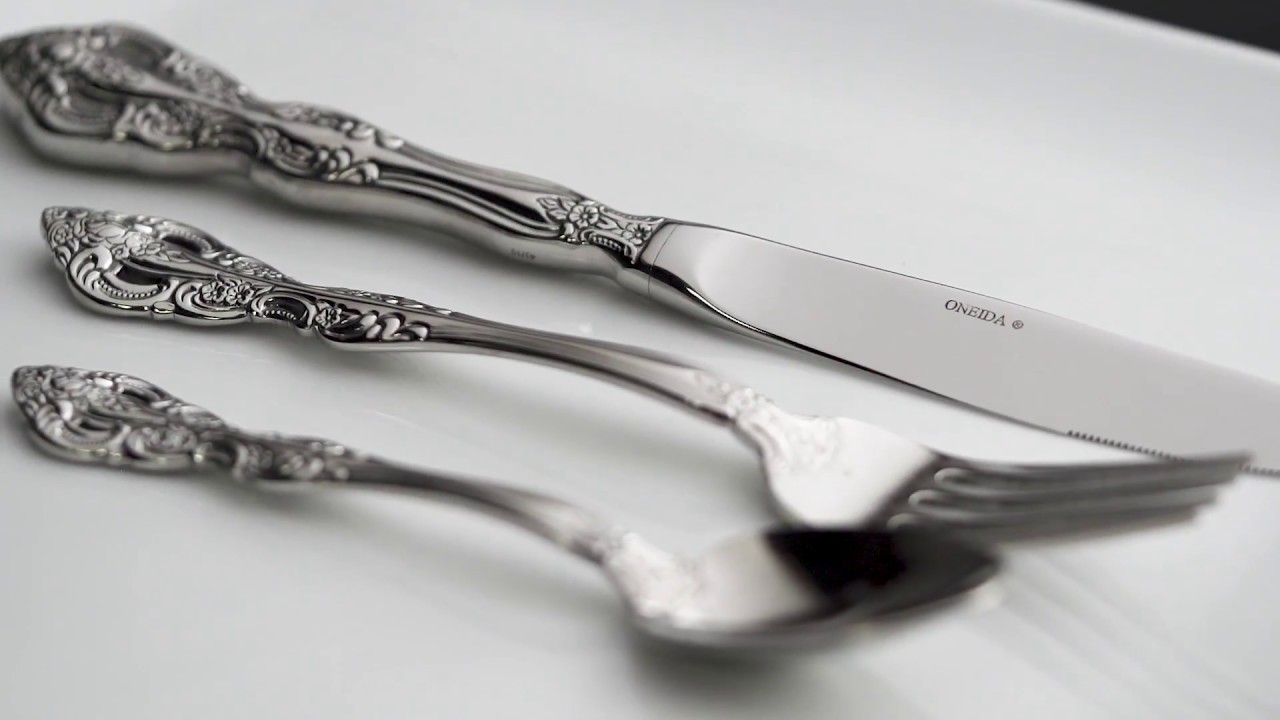

0 thoughts on “Where Are Pillows Made”